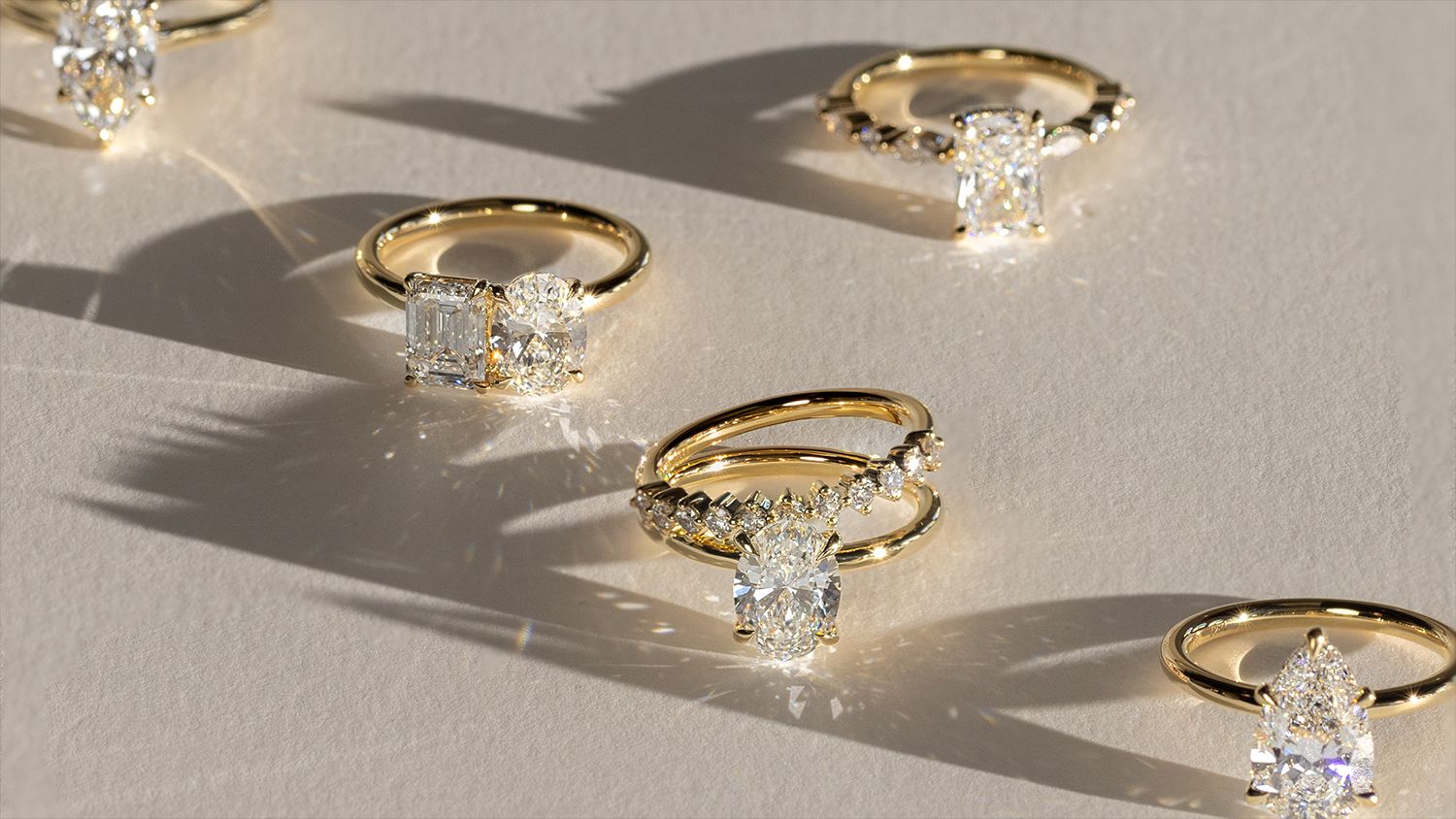9 Easy Facts About Lab Grown Diamonds Explained
Table of ContentsThe 45-Second Trick For Lab Grown DiamondsThe Best Strategy To Use For Lab Grown DiamondsThe Buzz on Lab Grown DiamondsMore About Lab Grown Diamonds
As you travel closer to the Planet's core, stress and temperature level rise, which creates the perfect stove for carbon to be exchanged diamond (rubies are the only gems to be made from purely one aspect). Through a massive volcanic eruption, these rubies were delivered to the Planet's surface area. It's approximated this procedure was rather fast (most likely throughout numerous hours), which allowed the diamonds to stay undamaged without melting.The brief solution: carat weights determine the mass of stones, karats measure the purity of gold. Carat weight: 1 carat amounts to 0.2 grams, regarding the weight of a paperclip (following time you see an image of Mariah Carey's 35 carat engagement ring, simply think of the burden of carrying 35 paper clips around your finger each day).

Below are some of the vital benefits of lab expanded diamonds and lab grown up diamond jewelry:.
Lab Grown Diamonds Can Be Fun For Everyone
Place simply, all-natural or earth-mined rubies are crafted over millions of years below the Planet's crust from pure carbon incorporated with stress and heat. Creating diamonds in a lab requires the exact same procedure, just fine-tuned to occur over a much smaller time structure in a far more controlled setting.
Whereas earth-mined rubies are unusual and limited and often tend to increase in rate over time, laboratory diamonds are readily available., like lab-grown ruby rings, they will not be a good fit for your requirements.
They may assume that the cons of lab-grown rubies surpass the pros. Conflicts, battles, and human civil liberties issues are all come together with the diamond market. That said, the ruby sector does supply income to third-world countries. Some could argue that, because of this, purchasing a lab-made ruby additionally comes with its moral factors to consider, as doing so takes income far from those associated with the all-natural ruby sector who might require it most.
Traditional rubies rely on the Earth's problems to identify their top quality or lack thereof. In a laboratory, suppliers can directly regulate a ruby's quality.
The Main Principles Of Lab Grown Diamonds
You can easily locate colored, synthetic diamonds on the (relatively) economical side as well as certain cuts that would certainly be more expensive if you were shopping for a mined ruby only. That hardly implies it isn't worth protecting.
natural diamonds is that the latter is extracted from all-natural deposits in the Earth while the previous is have a peek here made in a laboratory making use of controlled settings. However their quality is mostly the exact same. Lab Grown Diamonds. While the distinction between lab-grown and all-natural ruby options are very little when it concerns high quality, a few of the drawbacks of lab-grown diamonds consist of the fact that the stone will certainly decrease in time and, to some, a lack of nostalgic value that's frequently connected with extracted rubies
This expense difference can be associated to the streamlined production procedure and the avoidance of expenditures associated with conventional mining. The Controlled Setting in Which Laboratory Grown Diamonds Are Created Permits for Regular Quality.
Flexibility in Layout - Lab Grown Diamonds Deal Developers and Customers a Versatile Palette to Produce Distinct and Innovative Jewelry Designs. the Controlled Development Process Permits The Manufacturing of Diamonds in Numerous Sizes And Shapes. Laboratory Diamond Rings are one of the most Famous Among Lab Ruby Jewelry. Laboratory Diamonds Often Come with An Even More Clear Supply Chain.
Some Of Lab Grown Diamonds
Market Understanding - In Spite Of Their Similar Physical Characteristics, Laboratory Diamonds Might Face Challenges in Market Perception. Some Customers Still Perceive Natural Diamonds as Having Higher Value and Reputation. The Production of Lab-Grown Diamonds Can Be Energy-Intensive, Specifically in Techniques Like High Stress Heat (hpht) and Chemical Vapor Deposition (cvd).
Natural Diamonds Are Formed Over Countless Years Deep Within the Planet, Contributing to Their Viewed Rarity. Lab-Grown Rubies, Despite Their The Same Quality, Might Not Lug the Same Rarity Element, Affecting Their Regarded Worth for Some Consumers. Effect on Diamond-Dependent Economic Climates - the discover this info here Shift In The Direction Of Laboratory Grown Diamonds Might Have Financial Ramifications for Countries and Communities that Rely On The Ruby Mining Sector.

Ans. Laboratory Diamonds Are of Equal Quality to Natural Diamonds in Regards To Hardness, Luster, and Clearness. the Top quality of A Ruby, Whether Lab-Grown or Mined, Is Identified by Its Cut, Shade, Clearness, and Carat Weight. Ans. Yes, Lab Diamonds Sparkle Similar To All-natural Diamonds. Their Brilliance and Shimmer Are a Result of Their Cut and The Method Light Interacts with Their Aspects. Ans.